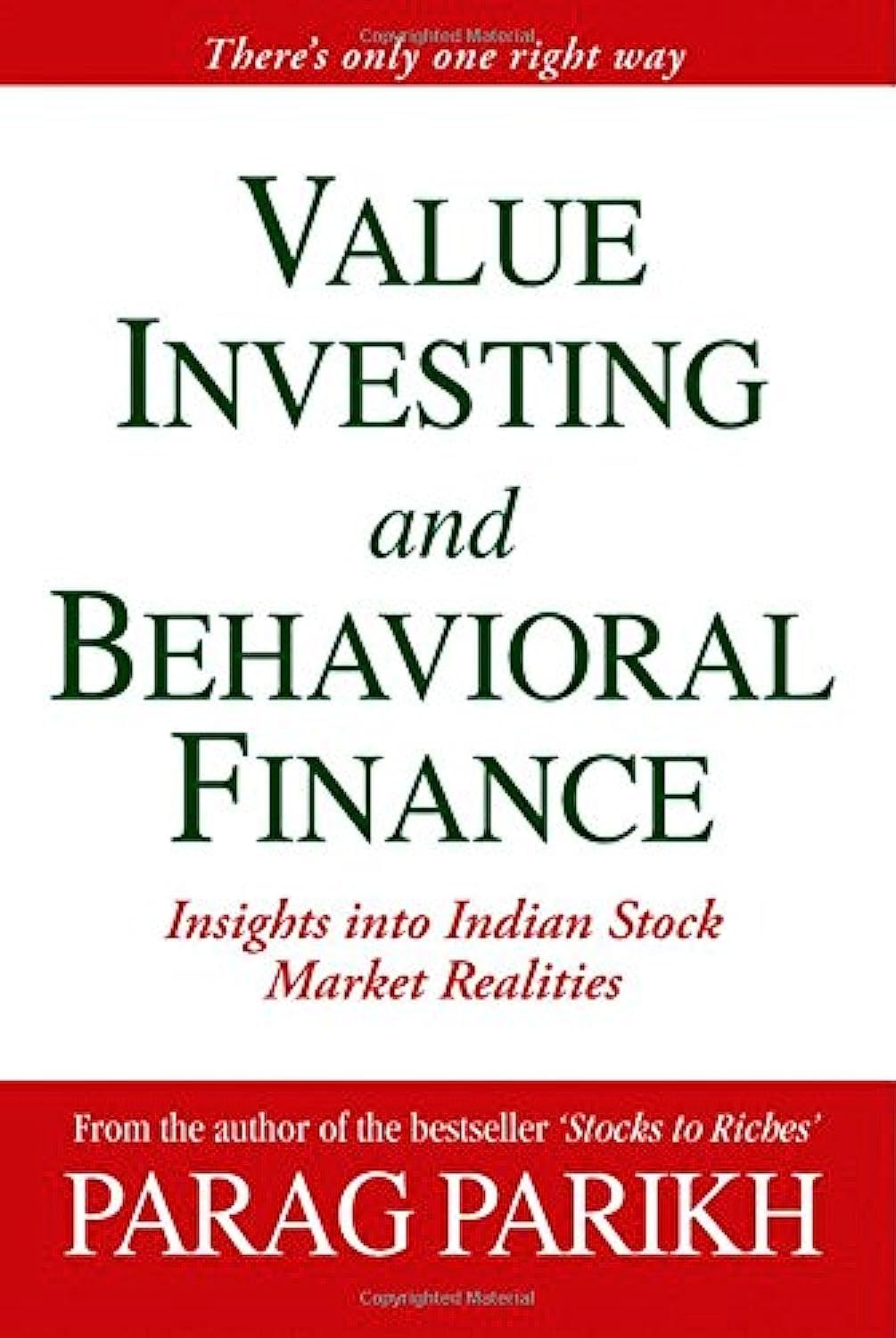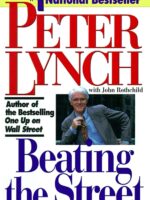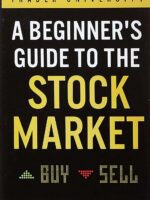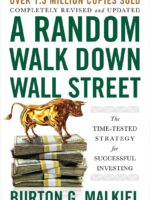“Value Investing and Behavioral Finance” sounds like the title of a book that explores the intersection between two important concepts in finance and investment theory.
Value investing is an investment strategy that involves buying stocks or other assets that are undervalued relative to their intrinsic worth. It’s based on the principle of buying low and selling high, focusing on the fundamental value of a company rather than short-term market trends.
Behavioral finance, on the other hand, is a field of study that examines how psychological biases and emotions influence financial decision-making. It explores why people often make irrational or suboptimal choices when it comes to investing, and how these biases can lead to market inefficiencies and anomalies.
A book titled “Value Investing and Behavioral Finance” might delve into the ways in which behavioral factors impact value investing strategies. It could explore how psychological biases such as overconfidence, loss aversion, and herd behavior affect investor decision-making and contribute to market inefficiencies.
The book might offer insights and practical strategies for value investors to overcome these biases and make more rational and disciplined investment decisions. It could also examine case studies and real-world examples of how behavioral finance principles can be applied to value investing, helping readers understand how to identify and capitalize on opportunities in the market.
Overall, “Value Investing and Behavioral Finance” promises to be a valuable resource for investors looking to understand the psychological factors that influence financial markets and improve their investment approach through the integration of value investing and behavioral finance principles.









